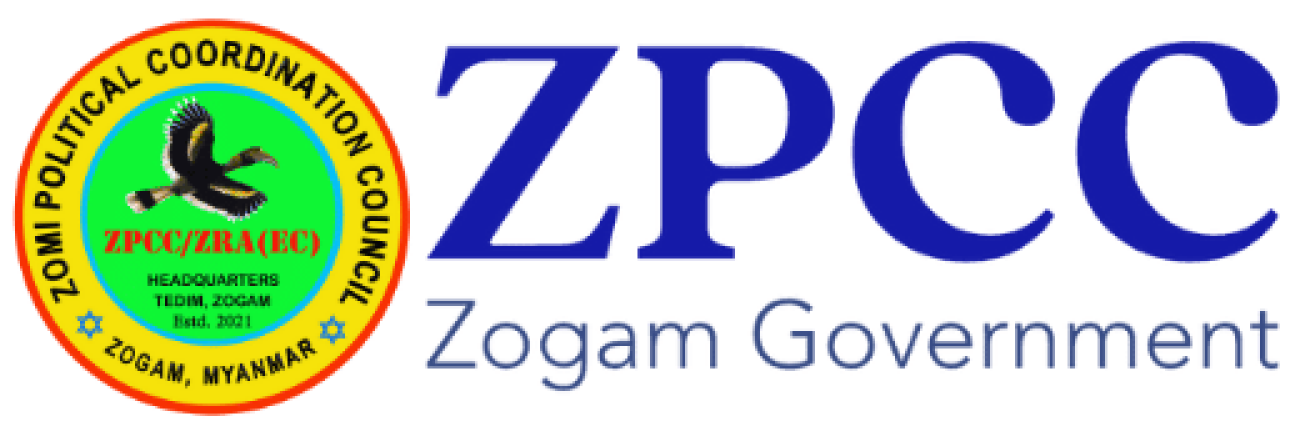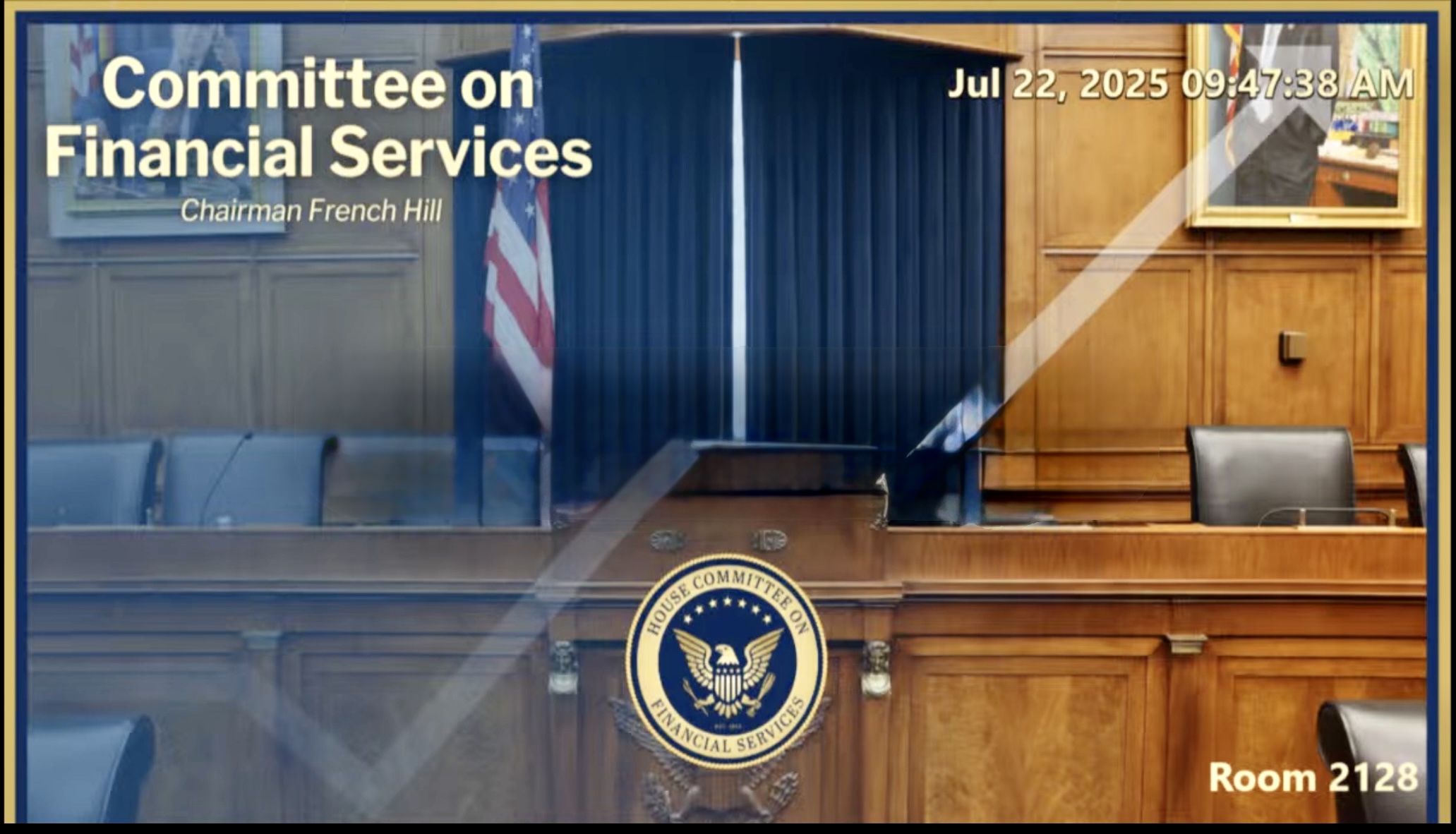On July 22-23, 2025, the U.S. House Financial Services Committee advanced two key Myanmar-related bills, marking a significant escalation in bipartisan legislative efforts to counter Myanmar’s military junta and support the democratic movement four years post-coup.
Bills Overview
H.R. 3190 – BRAVE Burma Act
Sponsor: Rep. Bill Huizenga (R-MI)
Co-sponsors: Betty McCollum (D-MN), Ann Wagner (R-MO), Seth Moulton (D-MA)
Introduced: May 5, 2025
H.R. 4423 – No New Burma Funds Act
Sponsor: Rep. Nikema Williams (D-GA)
Co-sponsor: Young Kim (R-CA)
Introduced: July 1, 2025
Key Provisions
BRAVE Burma Act – Core Elements
| 🎯 Target Area | 📝 Specific Action | 💡 Example |
| 🏭 State Enterprises | Sanctions on junta-linked businesses | Myanmar Timber Enterprise, Myanmar Gems Enterprise |
| 🏦 Banking | Sanctions on Myanma Economic Bank | Freeze assets, block transactions |
| ✈️ Jet Fuel Sector | Target entities supplying aviation fuel | Companies refueling military aircraft |
| 🌍 IMF Restrictions | Limit Myanmar’s voting power increases | Prevent junta from gaining more influence |
| 👥 Diplomatic Role | Create Special Coordinator position | Dedicated State Dept. official for Myanmar |
| ⏰ Time Extension | Extend BURMA Act 2022 by 2 years | Continue existing sanctions through 2027 |
No New Burma Funds Act – Core Elements
| 🎯 Target | 📝 Action | 💡 Impact |
| 🏛️ World Bank | Continue funding pause | No new loans/grants to junta |
| 🗳️ U.S. Position | Use voice and vote against funding | Block multilateral financial support |
| 📅 Timeline | Maintain 2021 coup response | Keep financial pressure since takeover |
BRAVE Burma Act
✅ PROS
- 🎯 Targeted Approach: Focuses on military revenue streams, not civilians
- 🌐 Comprehensive Coverage: Addresses multiple economic sectors
- 🤝 Bipartisan Support: Shows unified U.S. stance
- 🏛️ Institutional Framework: Creates permanent diplomatic position
- ⏰ Extended Timeline: Provides sustained pressure through 2027
❌ CONS
- 🌏 Regional Cooperation Needed: ASEAN/China cooperation uncertain
- 🛠️ Enforcement Challenges: Jet fuel provision requires robust monitoring
- ⚖️ Limited Leverage: Sanctions may not change military behavior
- 💼 Economic Spillover: Could affect legitimate businesses
- 🕐 Time Factor: Democratic transition may take longer than sanctions timeline
💰 No New Burma Funds Act
✅ PROS
- 🚫 Clear Message: Prevents legitimization of junta
- 💪 Multilateral Impact: Influences other World Bank decisions
- 📊 Proven Track Record: Builds on successful 2021 response
- 🤝 International Coordination: Aligns with other donor countries
❌ CONS
- 👥 Humanitarian Risk: May limit development aid to people
- 🏗️ Infrastructure Gap: Reduces post-transition reconstruction capacity
- 🌍 Regional Alternative: China/AIIB may fill funding gap
- ⏱️ Timing Uncertainty: Unclear when restrictions would lift
Future Predictions
📈 Likely Outcomes (70-80% Probability)
🏛️ Legislative Process
- ✅ House Passage: Both bills likely to pass House floor vote
- 🤔 Senate Consideration: May face scheduling delays but eventual passage likely
- 📝 Presidential Signature: High probability of executive support
🌍 International Impact
- 🤝 Allied Coordination: EU, UK, Canada likely to implement similar measures
- 💼 Business Response: Multinational corporations may increase Myanmar exit
- 🏦 Financial Isolation: Banking sector restrictions to expand
Moderate Scenarios (40-60% Probability)
🎯 Sanctions Effectiveness
- 📉 Military Revenue: 20-30% reduction in junta economic access
- ⛽ Jet Fuel Impact: Significant disruption to air force operations
- 💰 Alternative Funding: Junta seeks increased Chinese/Russian support
🕊️ Political Developments
- 🗳️ Opposition Unity: Sanctions provide diplomatic legitimacy to NUG
- 🌏 ASEAN Pressure: Regional bloc may increase diplomatic pressure
- 👥 Civil Society: Strengthened international advocacy networks
⚡ Low Probability, High Impact (20-30% Probability)
🔄 Regime Change Scenarios
- 💥 Internal Military Split: Economic pressure accelerates junta fractures
- 🕊️ Negotiated Transition: International pressure forces dialogue
- 🌪️ Popular Uprising: Sustained protests gain momentum from foreign support
🌍 Unintended Consequences
- 🏛️ Institution Damage: Myanmar permanently excluded from international finance
- 🇨🇳 Chinese Dominance: Beijing becomes sole major economic partner
- 💔 Humanitarian Crisis: Economic isolation worsens civilian conditions
Timeline Predictions
Short-term (6-12 months)
- 🏛️ Q3 2025: House floor votes likely
- 🏛️ Q4 2025: Senate committee consideration
- 📋 Q1 2026: Presidential signature expected
Medium-term (1-3 years)
- 💼 2026: Business exodus accelerates
- 🌍 2027: International pressure peaks with BURMA Act extension
- 🎯 2028: Sanctions effectiveness evaluation period
Long-term (3-5 years)
- 🔄 2028-2030: Potential transition negotiations
- 🏗️ Post-2030: Reconstruction and reintegration planning
- 📊 Ongoing: Regular sanctions review and adjustment
Strategic Recommendations
🇺🇸 For U.S. Policymakers
- 🤝 Strengthen Allied Coordination: Synchronize sanctions with partners
- 📊 Enhance Monitoring: Improve enforcement mechanisms
- 💬 Maintain Dialogue: Keep channels open with civil society
- 🎯 Target Refinement: Regular review of sanctions effectiveness
🌍 For International Community
- 🤝 Multilateral Response: Coordinate through UN, ASEAN
- 💰 Alternative Support: Direct aid to civil society, refugees
- 📢 Diplomatic Pressure: Maintain international attention
- ⚖️ Accountability Mechanisms: Support ICC, national courts
🕊️ For Myanmar Opposition
- 🤝 Unity Maintenance: Coordinate messaging with international supporters
- 📊 Data Collection: Document sanctions impact for policy refinement
- 💬 Advocacy Continuation: Sustain lobbying efforts
- 🎯 Strategic Patience: Prepare for extended struggle
Impact Assessment Matrix
| 🎯 Sector | 📈 Impact Level | ⏰ Timeline | 🎨 Confidence |
| 🏦 Military Banking | 🔴 High | 3-6 months | 🟢 High |
| ✈️ Air Force Operations | 🟠 Medium-High | 6-12 months | 🟡 Medium |
| 🏭 State Enterprises | 🟠 Medium | 12-18 months | 🟡 Medium |
| 🌍 International Legitimacy | 🔴 High | Immediate | 🟢 High |
| 💰 Development Funding | 🔴 High | Ongoing | 🟢 High |
| 👥 Civilian Economy | 🟡 Low-Medium | Variable | 🔴 Low |
Impact Levels: 🔴 High | 🟠 Medium-High | 🟡 Medium | 🟢 Low
Confidence: 🟢 High | 🟡 Medium | 🔴 Low


